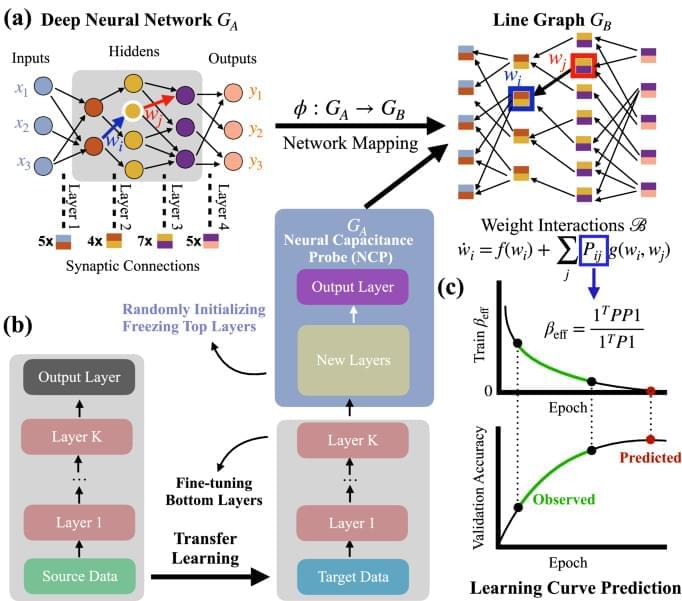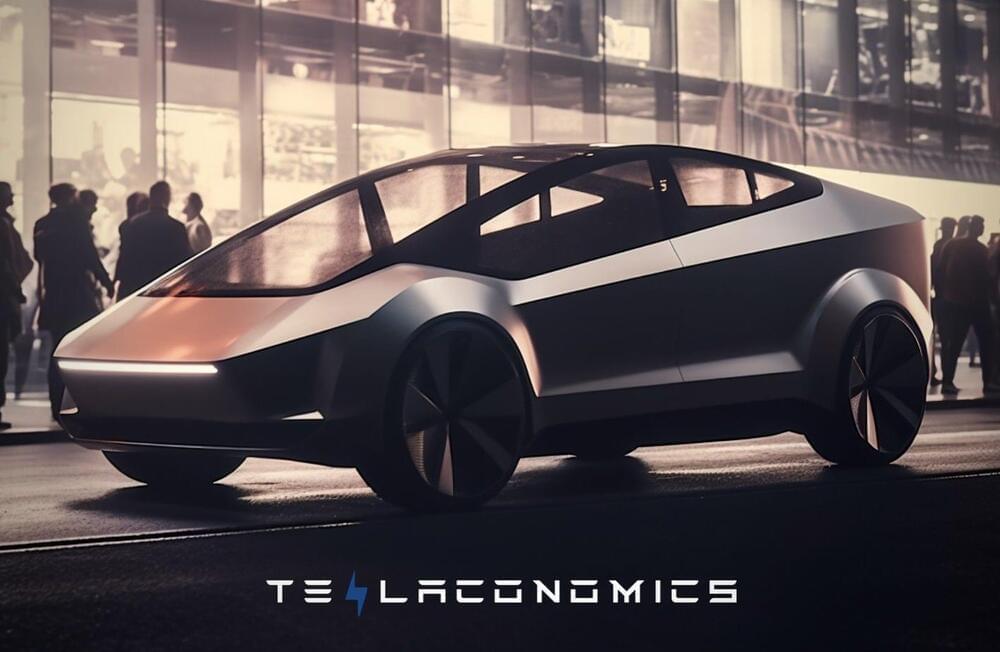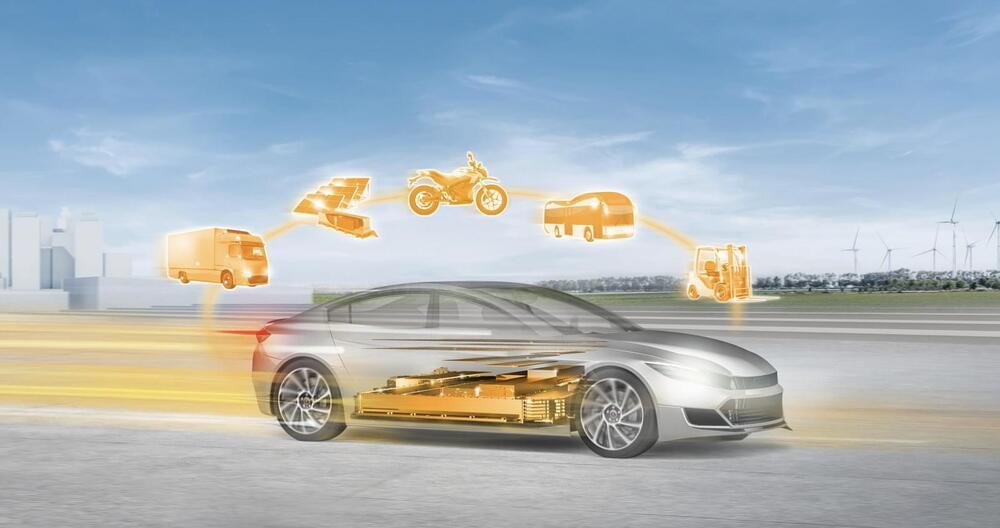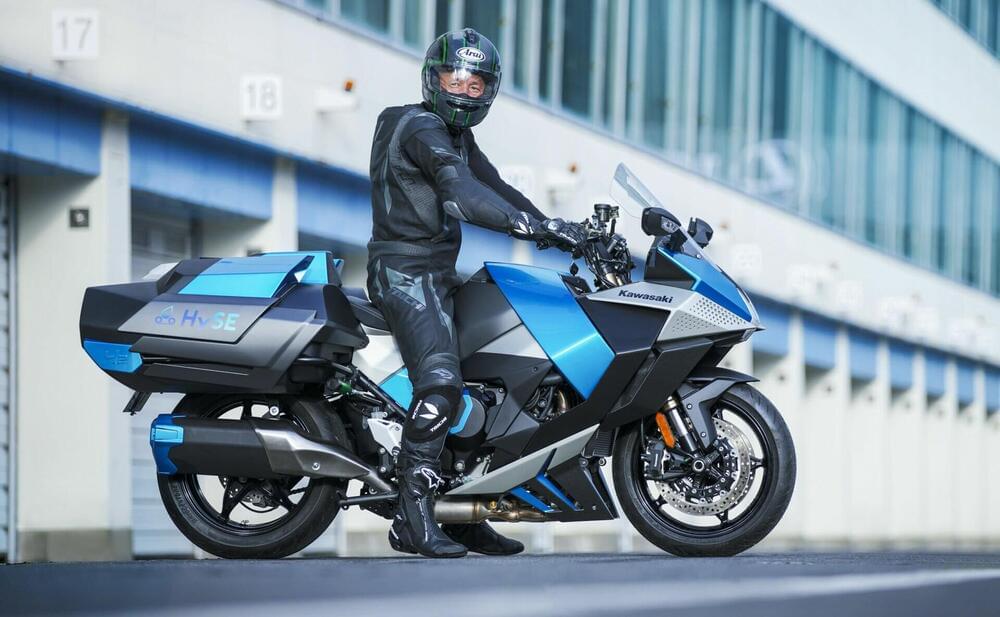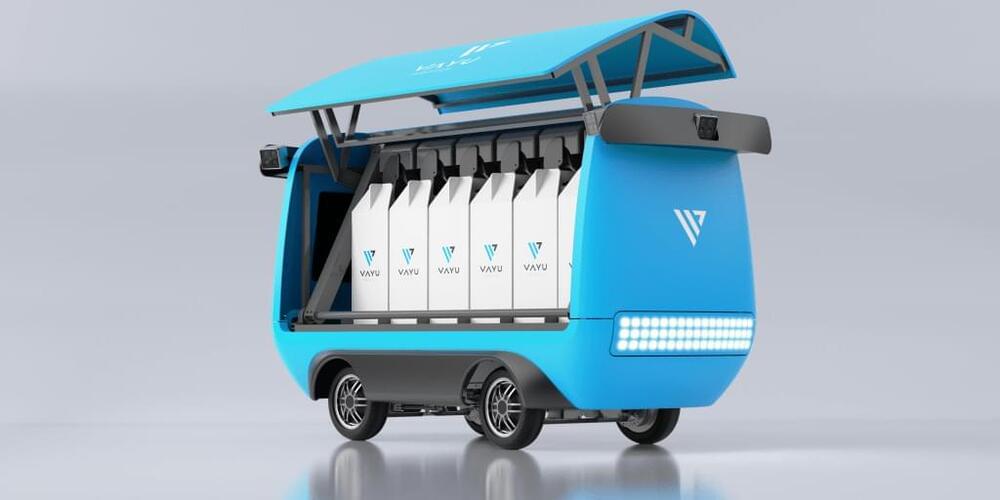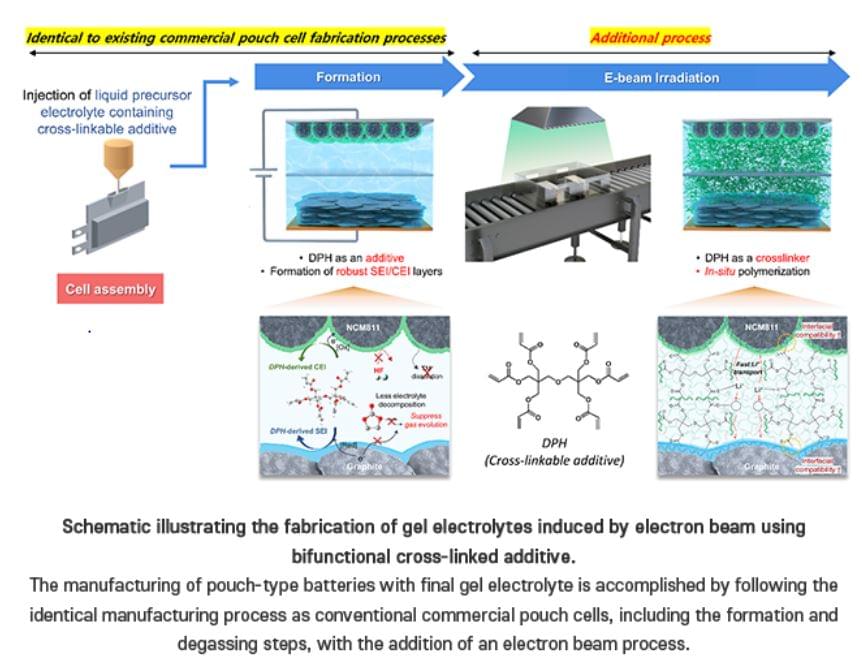Jul 26, 2024
Beyond AI: Building toward artificial consciousness — Part 2
Posted by Dan Breeden in categories: robotics/AI, transportation
Beyond the hype surrounding artificial intelligence (AI) in the enterprise lies the next step—artificial consciousness. The first piece in this practical AI innovation series outlined the requirements for this technology, which delved deeply into compute power—the core capability necessary to enable artificial consciousness. This piece looks at the control and storage technologies and requirements that are not only necessary for enterprise AI deployment but also essential to achieve the state of artificial consciousness.
Controlling unprecedented compute power
While artificial consciousness is impossible without a dramatic rise in compute capacity, that is only part of the challenge. Organizations must harness that compute power with the proper control plane nodes—the familiar backbone of the high availability server clusters necessary to deliver that power. This is essential for managing and orchestrating complex computing environments efficiently.

